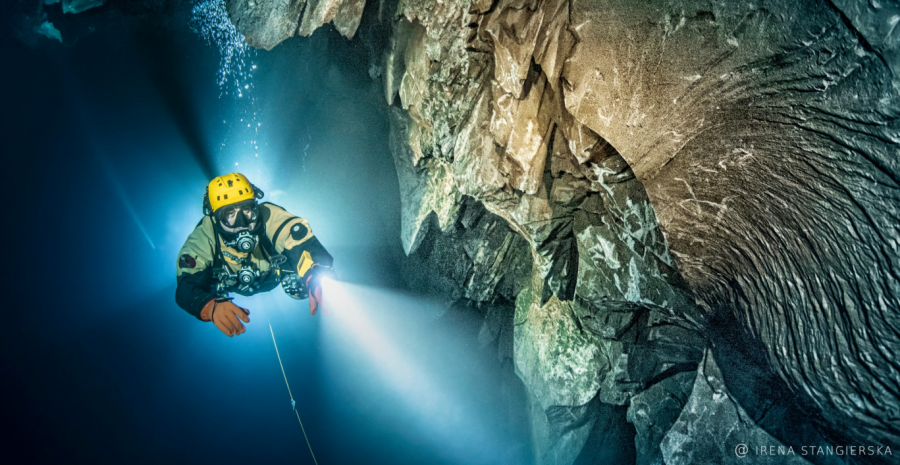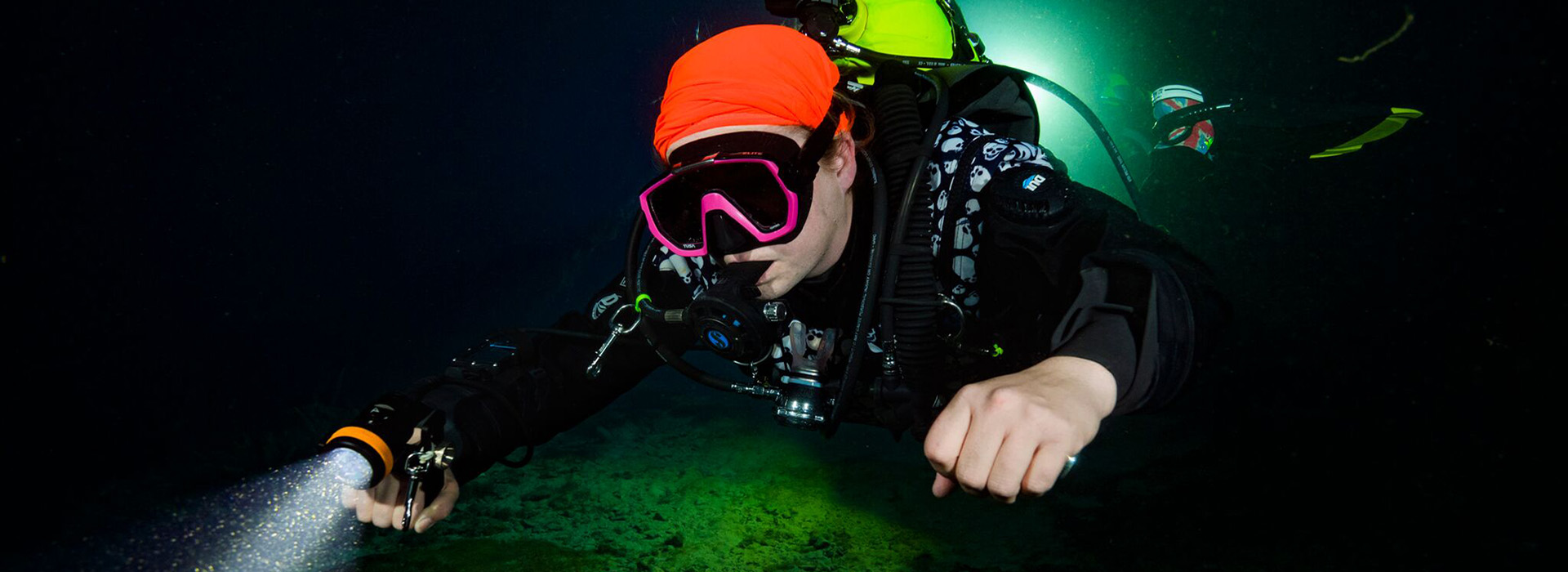Tips to Equalize Ear Pressure - the Valsalva & Toynbee Maneuver
Media Reports
The ear is made up of three parts: the inner ear, the middle ear, and the outer ear. As divers, we need to have a basic understanding of the anatomy of the ear in order so we can understand how pressure affects it.
When we go diving and descend, as the pressure increases on the outside, the eardrum gets compressed and pushes against the bones inside the middle ear. what we have to do is to equalize the pressure of the middle ear to the outside pressure so that the eardrum does not push up against those bones. By equalizing and pushing air through the eustachian tube into the middle ear and causes the eardrum to go back into its natural place.

The first simple way to equalize is the Valsalva maneuver, you can practice it at home. The work way is to pinch your nose with hands and gently exhale through your nose while holding your nose pinch on your mouth close. The reason why we do this is to push the air from your sinuses into your ears and you will feel your ears inflate a little bit or fill up with air. it's normal, maybe you will also hear a "pup up" vent in your ears. The modified Valsalva is to pinch your nose and exhale while looking up and tilting your head to the right or to the left or wiggling your jaw and either way you do those things while you're pinching your nose and exhaling. This actually helps the air go into your ears.
The next way is the Toynbee Maneuver. When performing "swallowing" actions, we can often open the eustachian tube through the throat muscles, so this is also one of the more effective and balanced methods for ear pressure.
Before you go diving, start equalize your ears every few minutes. You also can chew gum, maybe it helps because it makes you swallow often. Practice makes perfect, you need to try more and practice more, then you will equalize your ear pressure while diving.
